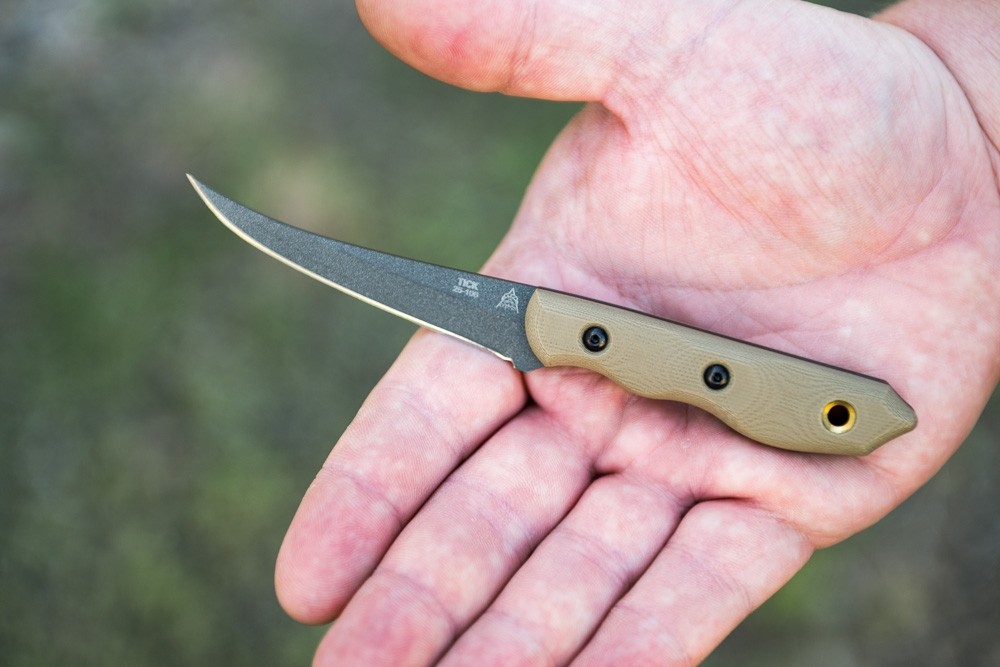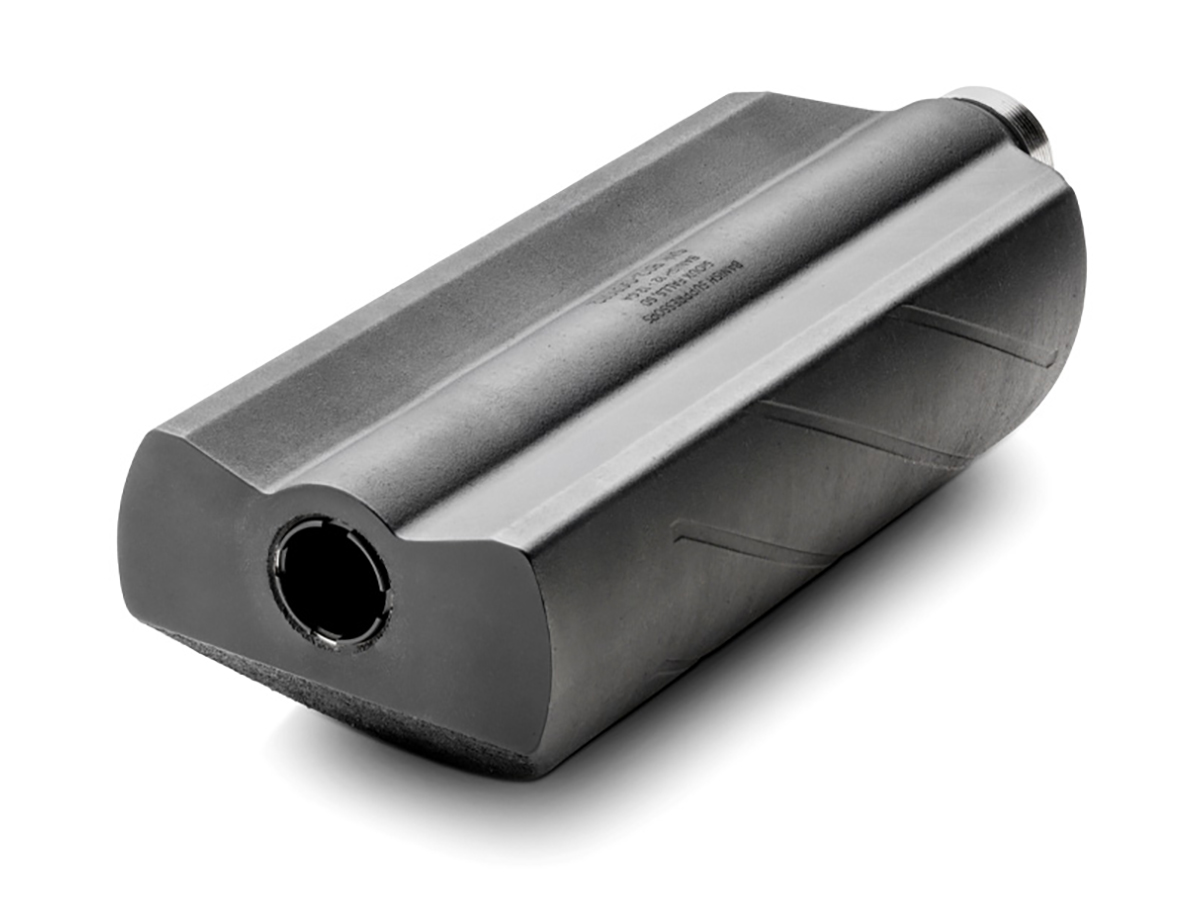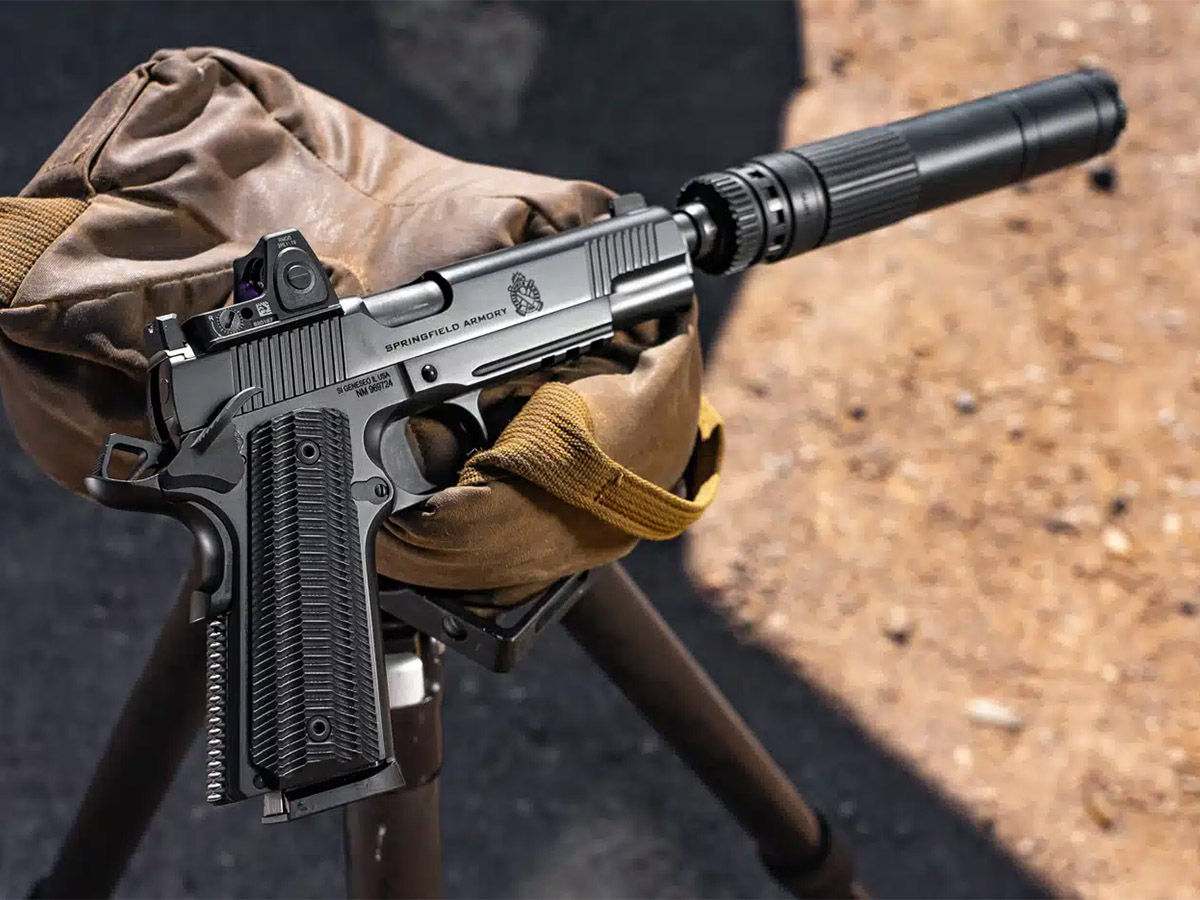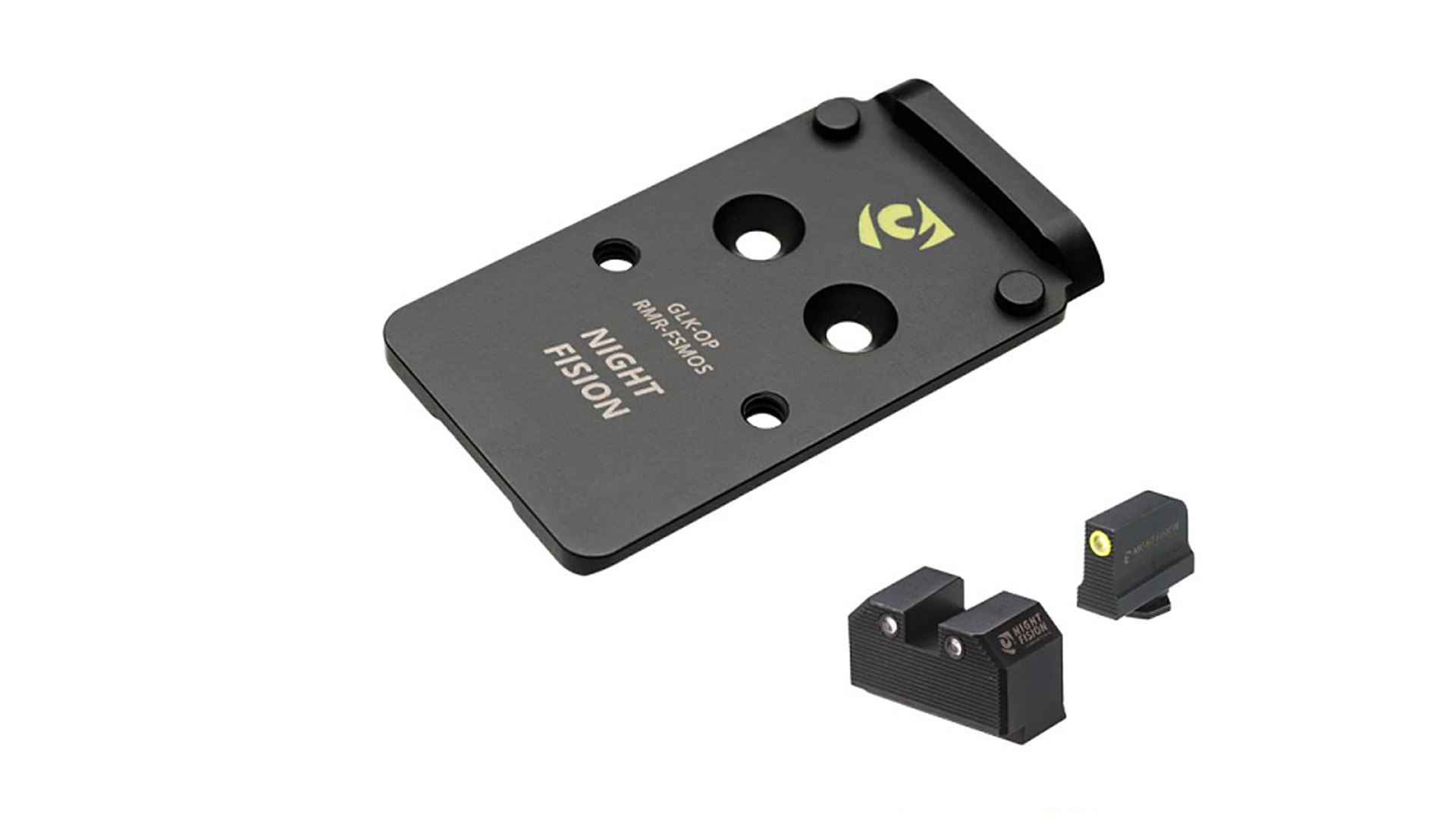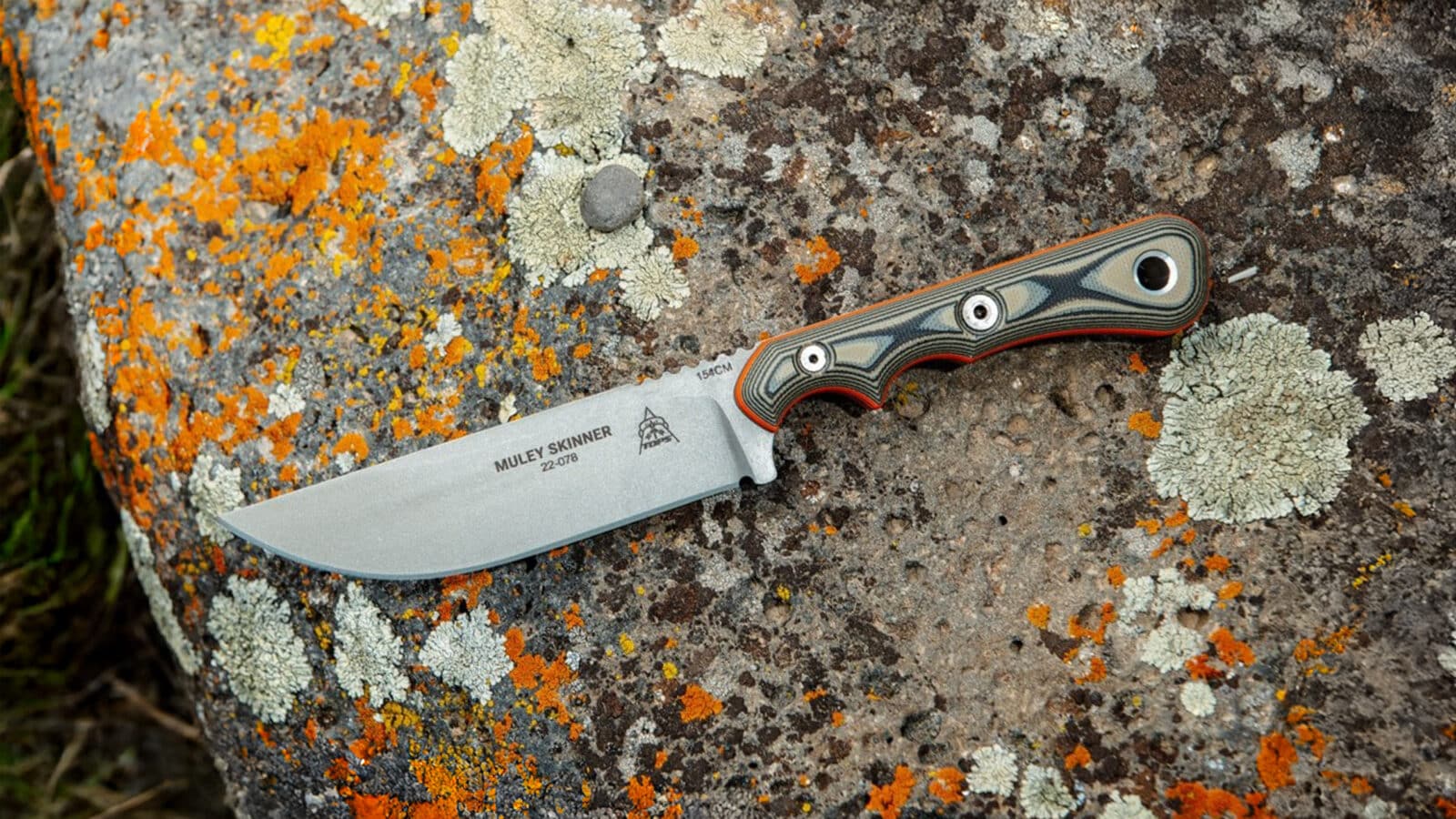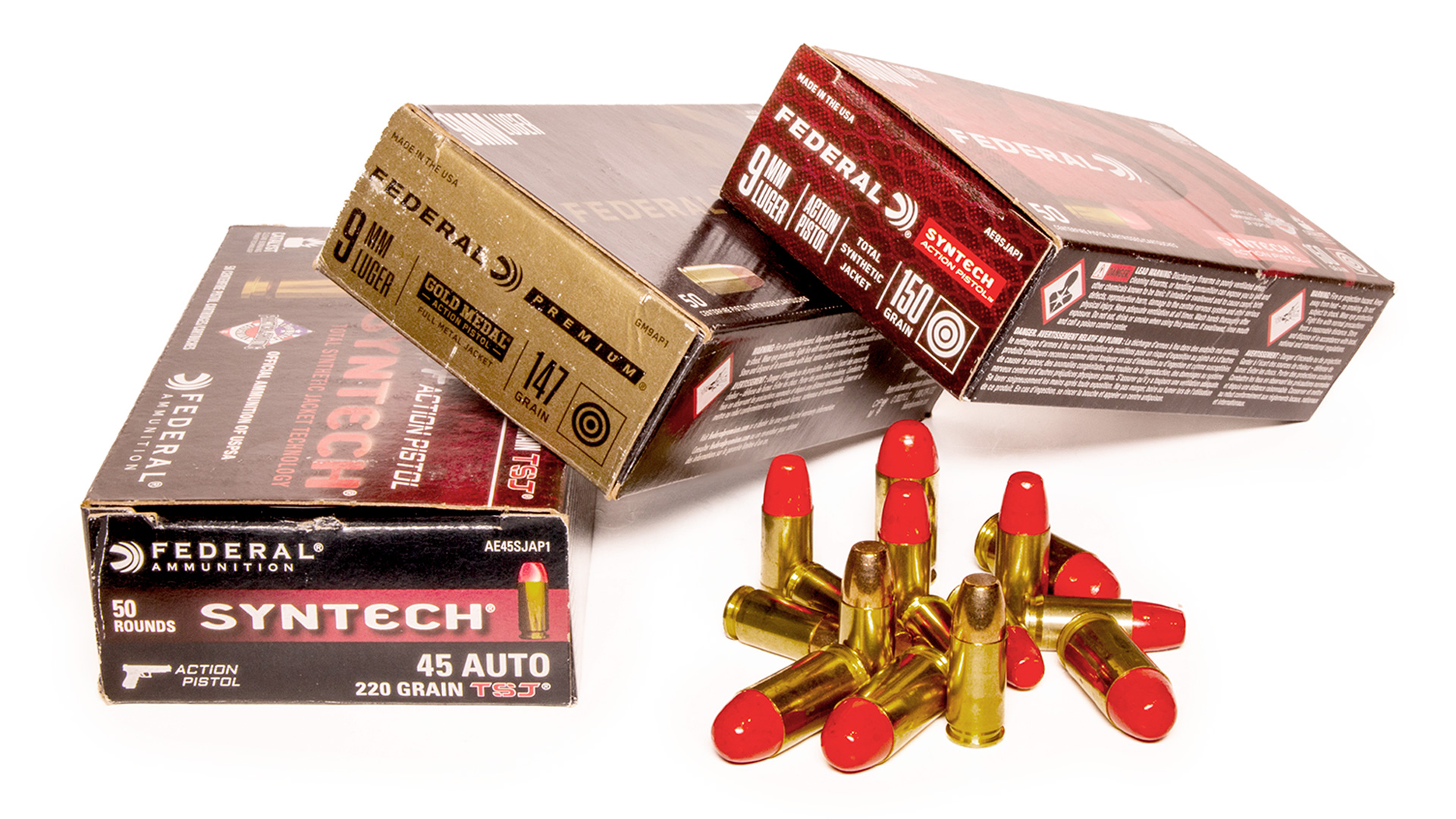Straight Talk: Snub Not the Snub-Nose

The term “snub-nose revolver” is one you seldom hear anymore, but there was a time when it referred to the 2-inch-barreled revolvers that rode on the hip of just about every police detective and investigator in this country. It was on or in the nightstand in a lot of homes, too. I think it is still one of the most practical defensive handguns, especially for deep concealment.
The whole concept of the modern, short-barreled revolver actually started in the mid-1920s. A Colt employee named John H. FitzGerald began to experiment with cutting down various revolvers, and one of the revolvers he used for what would become a popular conversion was the small-frame Colt Police Positive. He shortened the 4-inch barrel to 2 inches, bobbed the hammer spur, rounded the butt and cut out the front of the trigger guard. Of course, I am talking about the famous Fitz Special conversion.
Apparently, the bosses at Colt saw enough interest in FitzGerald’s custom work that they decided to take advantage of it in a standard-production model. In 1927, the company announced the Colt Detective Special, which was nothing more than a 2-inch-barreled-Police Positive, minus FitzGerald’s cut-away trigger guard and bobbed hammer. The Detective Special sold quite well for Colt and became a popular law enforcement and personal-defense gun.
It surprises me that Smith & Wesson didn’t get on board with a small 2-inch gun until 1950. Of course, when it did, it was quite a doozie: the Chiefs Special, which was offered in a frame that was slightly smaller than the Colt and had a five-shot cylinder. We know it today as the quintessential Model 36 J-frame.
Today’s 2-inch snubby has quite a lot going for it and, of course, that is why it is still around. It is easily adapted to a variety of carry styles. Whether you prefer to carry in a shoulder holster, the waistband, the pocket or on the ankle, good concealment rigs are available. It may serve as a primary gun for deep concealment or as a backup to a larger one should the situation require it.
It is important that a defensive handgun fit the shooter’s hand if he or she expects to do quick, accurate work with it. Thanks to an abundance of factory and aftermarket stocks, the small revolver can be configured to fit just about any hand size. With a bit of experimentation, the armed citizen can easily find what works best, which will result in more accurate and comfortable shooting.
While the semi-automatic pistol is tied to ammo that generates a certain power level to cycle the action, the defensive-revolver shooter is free to select the ammo that suits the shooter and gets the job done. From light target loads up to the really hot blasters, the individual shooter has the final choice. In a modern .357 Mag. snubby, shooters can choose between using light target loads, standard-velocity .38 Spl., .38 Spl. +P or even full-power magnum load—four power levels for the same revolver.
Another recent occurrence is the growing popularity of the various .32-caliber cartridges. Or, one of the good revolvers in .22 Mag. might be the best choice. And, again, it’s all about power levels and manageable recoil. In short, it’s what works for you.
While Colt and Smith & Wesson still offer small revolvers, today neither company has the market cornered as in days of old. Several other manufacturers build dependable, serviceable, small-frame revolvers that are worth examining. I’m not going to try to name them all because I’m afraid I’ll leave someone out. Just know they exist, and are worth being checked out at your local gun shop or range.
As with any defensive firearm, it is important to get in enough practice to develop a suitable level of proficiency. The short sight radius and the heavy double-action trigger pull of the small snub-nose revolver makes this even more important. However, good training and then practicing what you’ve been taught will go a long
way toward solving any problems.
In the past, I have called the modern snub-nose revolver an “Always Gun” because it is virtually always on me and properly concealed. I have an older Colt Detective Special as well as a smaller Model 442 Smith & Wesson. Each take turns with such duties, both in .38 Spl. When loaded with standard-velocity loads, they do all that I expect from the small revolvers and both are about as reliable as any man-made object. They are my always guns.


